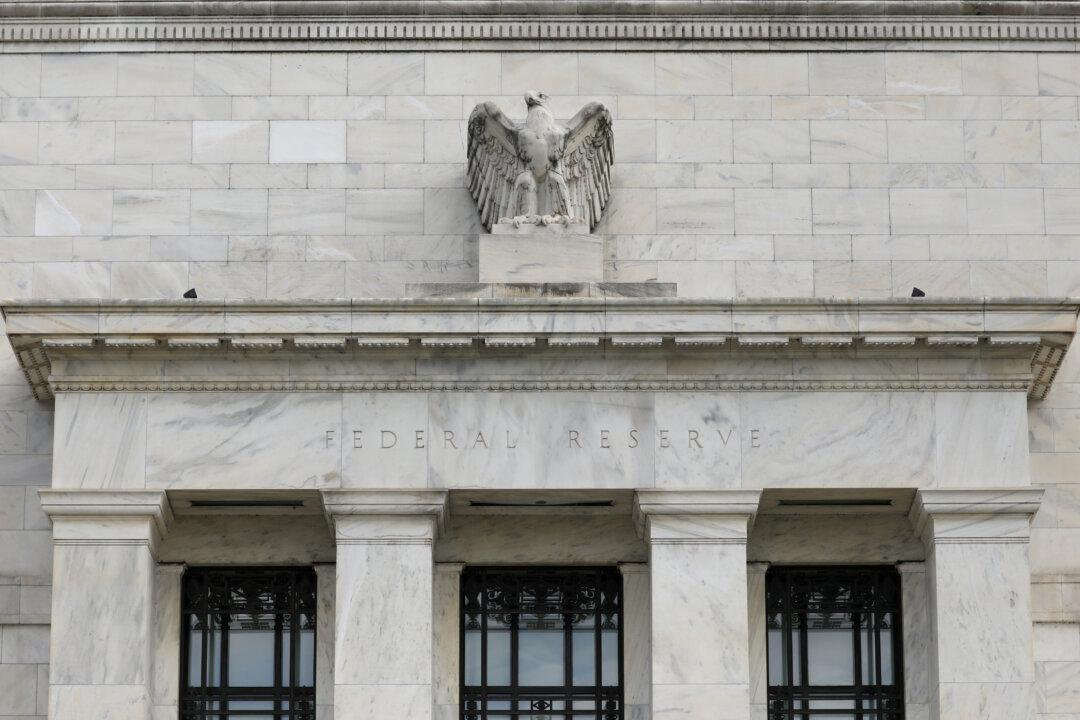China is a country of extremes, especially regarding economic forecasts. There are those who think “China will take over the world” with its technocratic central planning. Then there are those who say its debt bubble is so gigantic, the economy will crash and burn.
The truth probably lies somewhere in the middle. And it looks like we are getting closer to knowing the truth.





